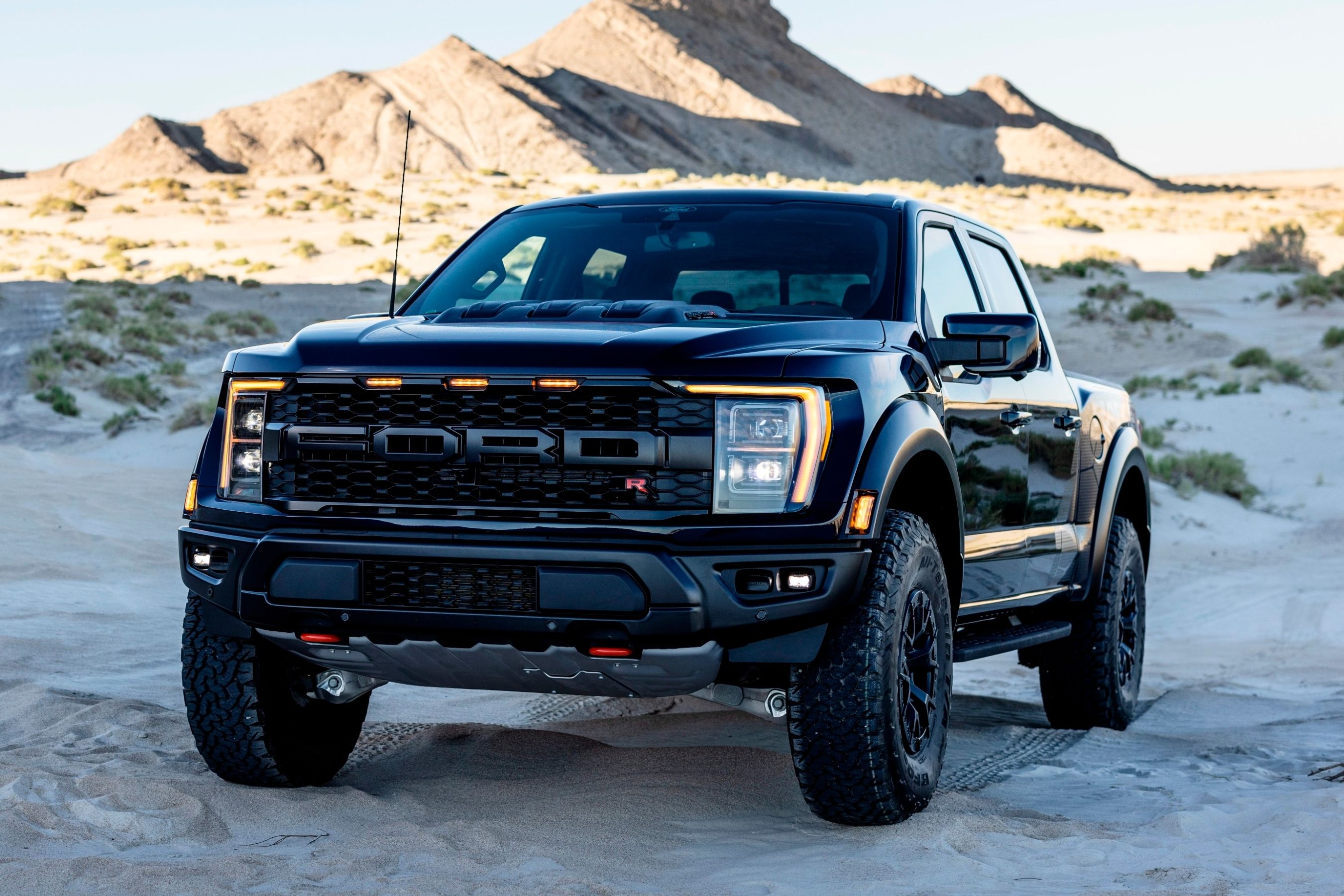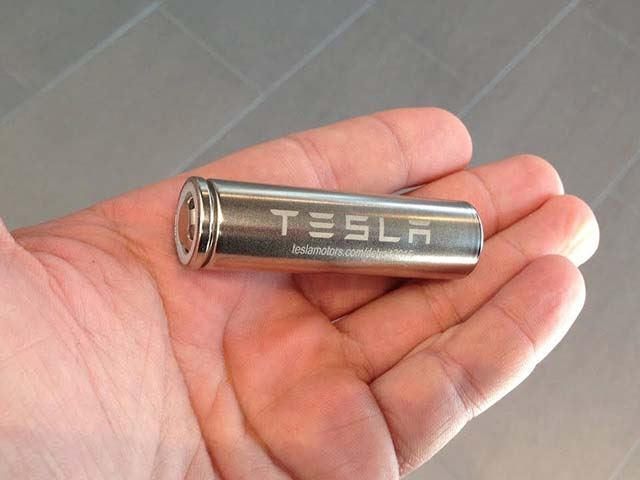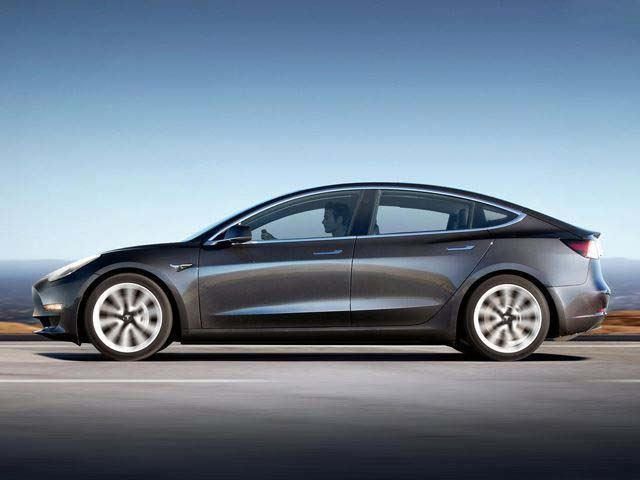
This time it didn't take a tweet for Tesla's CEO to divulge valuable information because as Electrek reports, Elon Musk broke the silence on battery capacities during a conference call with Goldman Sachs regarding the bonds the automaker issued to help it speed up production of the entry-level Model 3 electric sedan. Tesla hadn't previously disclosed the kWh ratings of the Model 3 as it's moving its trim naming scheme away from battery outputs, which confuses many customers.
A document previously released by the EPA confirmed that a battery with approximately 80 kWh was going to be available in the Model 3, but now we know that battery will be the unit powering the higher trim Model 3. Musk confirmed that the options are "just over 50 kWh" for the entry-level Model 3, providing 220 miles of range, and 75 kWh for the more expensive 310-mile range version of the 3. Though Tesla wants to disassociate model trims from battery pack capacity in order to get its customers to focus more on options and range, the information is important to the investors who've bought Tesla bonds because it gives them a better idea of the car's profitability.
With some estimates pegging Tesla as losing $13,000 on each car it sells, it may sound far-fetched for investors to believe that Musk hopes to earn a 25% gross margin on each Model 3 it sells. To ensure maximum profitability, Tesla needs to reduce the cost per kWh. Previously, Musk had said it costs less than $190 to make 1 kWh worth of battery and that the Gigafactory planned to reduce that cost by 35% with an ultimate goal of bringing cost down to less than $100 per kWh by the end of the decade. Assuming it currently costs $150 to produce 1 kWh of battery, the difference between 50 kWh and 75 kWh Tesla battery would be $3,750, a somewhat significant price difference for either consumers to soak or Tesla to lose.
Electrek also notes that if battery cell supply begins to run low, Tesla may be forced to steer customers into the smaller and cheaper 50 kWh Model 3. Balancing on the thin knife's edge of progress or failure seems to be what Tesla is all about, and a lot, it seems, is still riding on fate.


